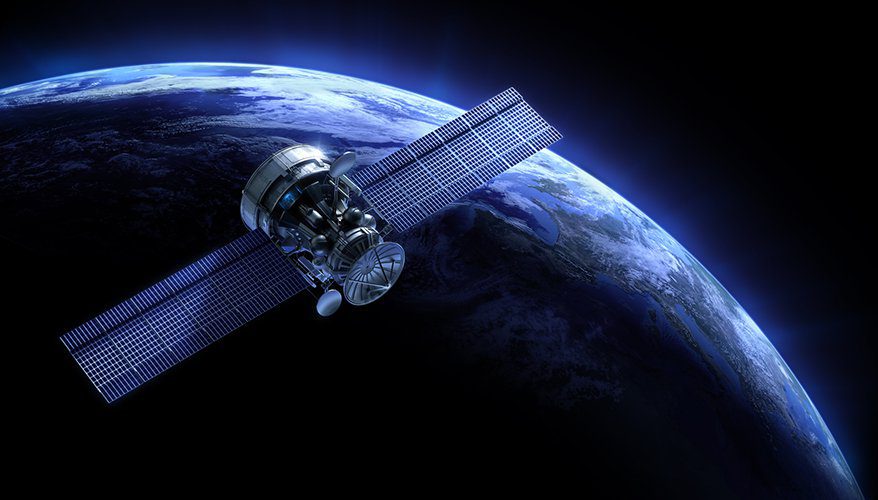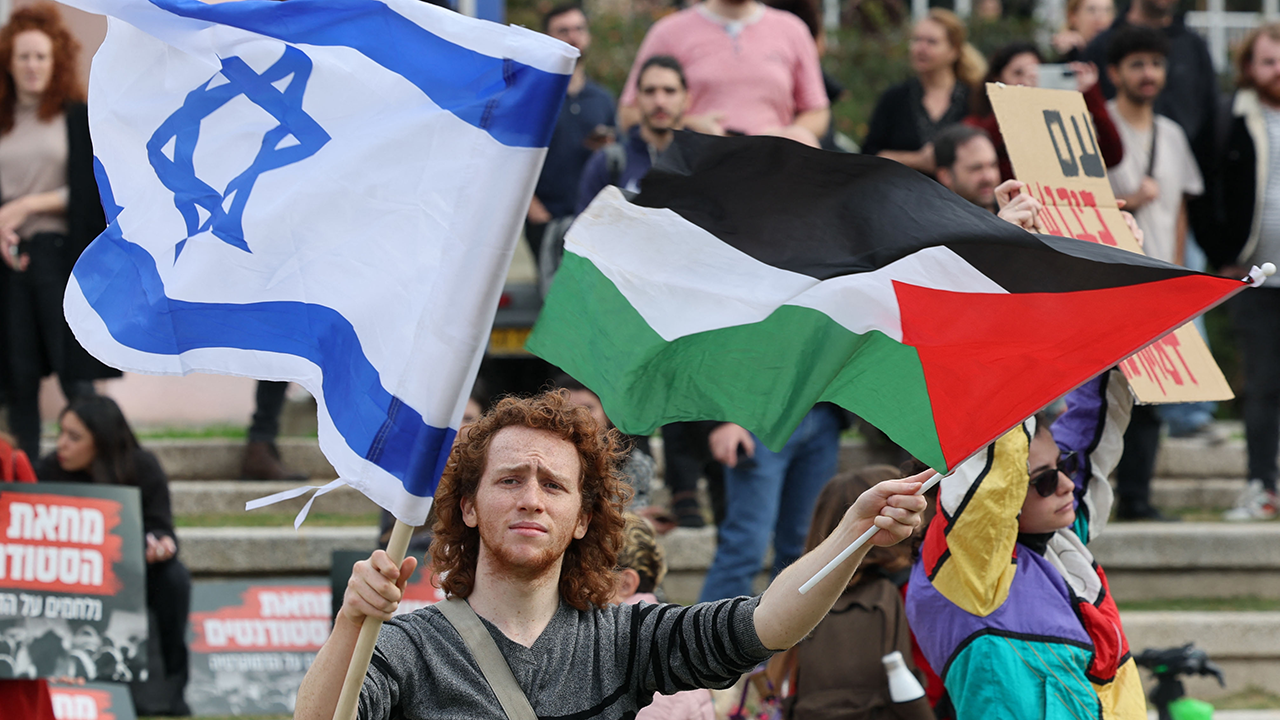D V L S Pranathi, Mumbai Uncensored, 3rd January, 2023:
2022 was genuinely a historic one for space exploration. While we witnessed NASA successfully accomplish the Artemis 1 mission to return people to the Moon, we also saw the James Webb Space Telescope give us a treat to the eyes by showing insights into the previously unimaginable views of the cosmos.
Using its Launch Vehicle Mark III (LVM3) rocket, formerly known as the GSLV-MK3, the Indian Space Research Organization launched its first commercial satellite. It also accomplished the pretty underrated Small Satellite Launch Vehicle (SSLVfirst ) ’s flight. Still, it was a sting in the tail because the rocket accidentally injected three satellites into the wrong orbit due to a sensor malfunction, making the mission only a fragmentary success.
2022 was an incredible year for private space technology firms in India. India launched its first privately made satellite vehicle on the Prarambh mission, carried out by Hyderabad-based Skyroot Aerospace. Chennai-based Agnikul Cosmos successfully tested the Agnikul launch vehicle, which has the world’s first single-piece 3D-printed rocket engine. The four most significant events in Indian space exploration in 2022 are listed below.
ISRO SSLV’s Maiden Flight
The launch of the first SSLV satellite was a massive milestone for the organization. The satellite was made keeping the Allied market research in mind, which states that the global small satellite market will reach 13.7 billion dollars by 2023. With the rapid turnaround time necessary for commercial launches, it combines three solid fuel-based stages and a liquid fuel-based velocity-trimming module (VTM) to deploy the satellites in orbit. The vehicle could be integrated and tested in two days, according to ISRO Chairman S Somanath. After that, the launch using the vehicle could be accomplished within a week if rehearsal and launch were completed within the next two days.
The SSLV-D1 mission was successfully launched on August 8 of this year. However, after that, the mission control room was hushed since there had been a few data losses during the mission’s final stages. The satellites were later found to be in an elliptical orbit rather than a circular one leading to them being declared useless.
“SSLV-D1 placed the satellites into 356 km x 76 km elliptical orbit instead of 356 km circular orbit. Satellites are no longer usable. The issue is reasonably identified. Failure of logic to identify a sensor failure and go for a salvage action caused the deviation. A committee would analyze and recommend. With the implementation of the recommendations, ISRO will come back soon with SSLV-D2,” said a statement from ISRO at the time. (sourced from the Indian Express)
Despite all the setbacks, the mission still turned out to be a partial success as it helped ISRO test any new elements and technologies that were incorporated into the rocket, including the hardware and the entire architecture.
LVM3’s first commercial mission
This mission was an absolute skyrocket for ISRO in 2022, quite literally. It was ISRO’s heaviest rocket and successfully injected 36 broadband satellites for the UK-based satellite internet company OneWeb. Since it was the first commercial launch of such a Complex mission, it marked many firsts for ISRO.
Additionally, it was the first time that LVM3 carried several satellites and orbited them. It was also the most significant payload that ISRO has ever launched, at 5.8 tons. On October 23, LVM3 launched after midnight from the second Launchpad of the Sriharikota spaceport, successfully putting 16 satellites into orbit and making sure they wouldn’t collide. Before that, Chandrayaan 2 was launched, and two development flights with LVM3 were successful.
The significance of LVM3’s string of successful launches extends beyond simply establishing India as a competitive competitor in the commercial satellite launch market. The Gaganyaan mission will send Indian astronauts into space, and ISRO is now working to human-rate the launch vehicle. India will become the fourth nation to launch crewed spacecraft thanks to the Gaganyaan mission, following the United States, Russia, and China.
Launch of Vikram S
Vikram S rocket was Skyroot Aerospace’s first private rocket launch in the country. It was launched from the Launchpad at Sriharikota at 11:30 am on November 18. It was a sub-orbital launch with the spacecraft traveling slower than the orbital velocity. This indicates that the spacecraft reached outer space but did not remain in orbit around the earth lasting lesser than five minutes. This series of rockets has been named after Vikram Sarabhai, the founder of the Indian Space program.
The engine launch pays homage to another great Indian scientist, APJ Abdul Kalam, and is named “Kalam-80”. The core structure of the satellite was made using carbon composites, and the thrusters used for spin stability were 3-D printed. Vikram S’s launch opened the door for Indian private space enterprises to take over some of the historical work done by ISRO, such as satellite launches.
First 3D-printed single-piece rocket engine:
Even though Skyroot is a groundbreaking Indian Tech startup, Agnikul, a Chennai- based startup, managed to overpower it by successfully test-firing Agnilet. This was its 3-D printed rocket engine at Thiruvananthapuram’s Vikram Sarabhai Space Centre. It is the world’s first single-piece 3-D printed rocket engine. It is intended to launch payloads up to 300 kg into low-Earth orbit along with the company’s proposed small satellite launch vehicle, Agnibaan, which is now in development. Agnilet is a “semi-cryogenic” rocket engine powered by a mixture of liquid kerosene at room temperature and super cold liquid oxygen.
At the Satish Dhawan Space Centre in Sriharikota, the startup also inaugurated India’s first private Launchpad and mission control center in November. The Launchpad is four kilometers from the mission control center and is built to allow and assist liquid-stage controlled launches. Shortly, Agnikul intends to use this facility to launch the Agnibaan rocket.
India has once again succeeded in spellbinding the globe with its impressive technology and all the geniuses who sacrificed their time and energy and put in every drop of their sweat and blood to accomplish each of these milestones.





 Special Editions3 weeks ago
Special Editions3 weeks ago


 Special Editions3 weeks ago
Special Editions3 weeks ago


 Crime News4 weeks ago
Crime News4 weeks ago


 Special Editions3 weeks ago
Special Editions3 weeks ago


 Entertainment3 weeks ago
Entertainment3 weeks ago



